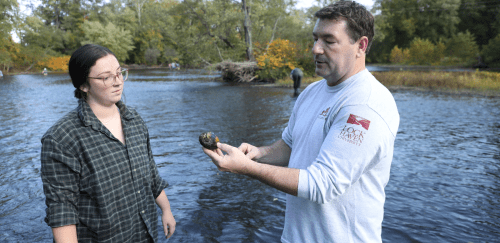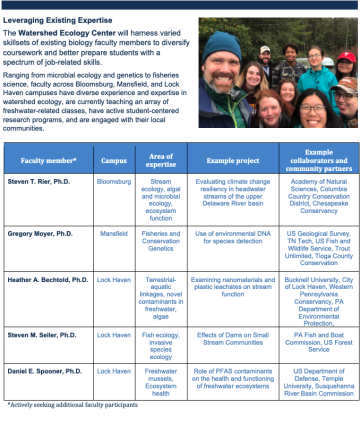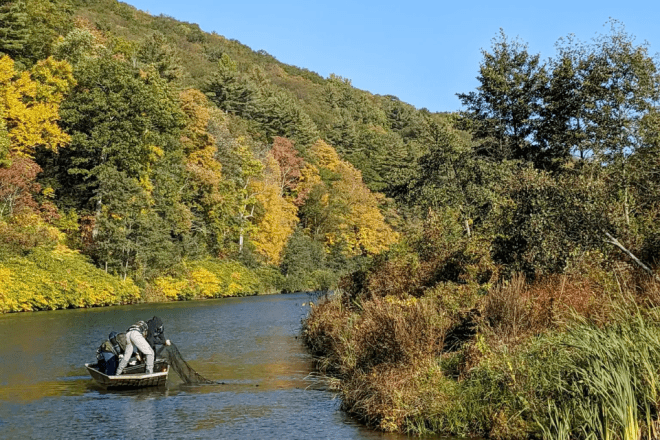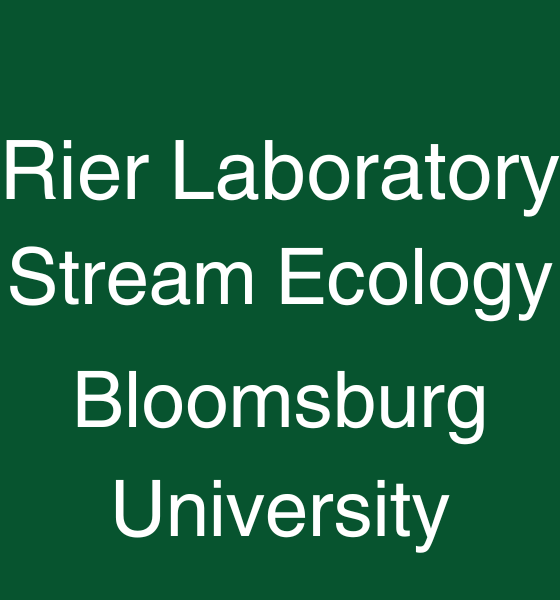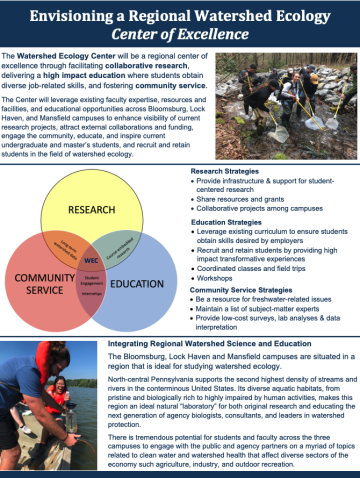
Research Projects

By partnering with agency foresters and hydrologists in the Allegheny National Forest (Warren, PA), we have been able to begin to evaluate how algal, invertebrate and fish populations respond through time to changes in forest dynamics. This project has been funded for the past 4 years each summer and provides critical hands-on learning experiences for Lock Haven students and provides information to be used in land-use decision making.
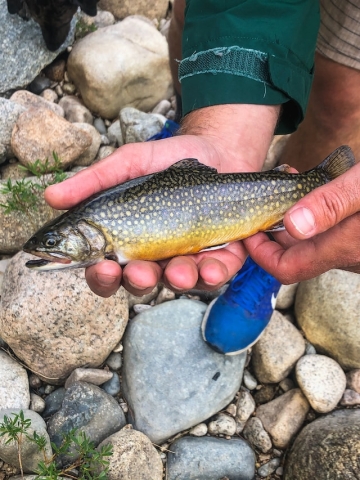
Pennsylvania Fish and Boat Commission has actively been mapping locations of brook trout populations in PA. Knowledge of the presence of native brook trout, eels and fishes, as well as information on locations of invasive species such as brown trout, zebra mussels, and didymosphenia algae (didymo) can direct mitigation and conservation efforts. The WEC joins a large cohort of institutions which take part in these surveys each year.
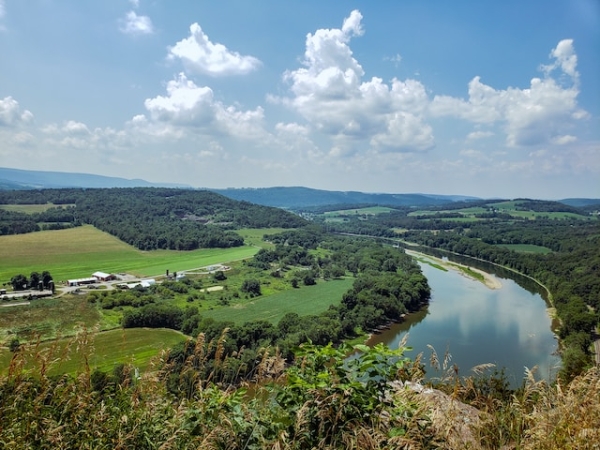
Long-term studies of local water quality and freshwater health help to better understand how healthy our local river system is. It also can pinpoint different environmental issues affecting it. WEC works with several entities and students to monitor water quality and E.coli concentrations in surface waters near the University.
- E.coli monitoring results
- Water quality results
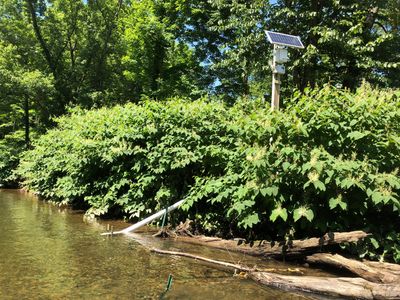
This station measures stream depth, pH, temperature, conductivity (dissolved material in water), dissolved oxygen, turbidity (suspended material in water), dissolved organic carbon, the amount of light striking the surface of the water and meteorological data (air temperature, barometric pressure, humidity and precipitation). These data are collected automatically every 15 minutes. One unique aspect of this station, is that it combines all parameters necessary (oxygen, depth, temperature, barometric pressure and light) to estimate the collective metabolic activity (both photosynthesis and respiration) of all organisms in the immediate upstream reach. Gross primary productivity (total photosynthesis) and ecosystem metabolism are currently inverse modeled using the R package, StreamMetabolizer (Appling et al.) and made available on the public website.
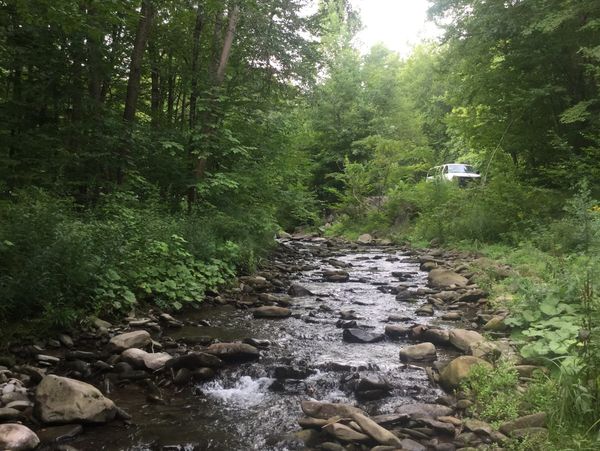
We are collaborating with the Academy of Natural Sciences of Drexel University to evaluate the resiliency of headwater streams in the upper Delaware River basin to climate change. We are evaluating both the structure and function of 50 streams with the goal of identifying factors that could potentially mitigate the effects of climate change on biodiversity and ecosystem services. This project is funded by the National Fish and Wildlife Foundation and the PA Department of Environmental Protection Growing Greener program.
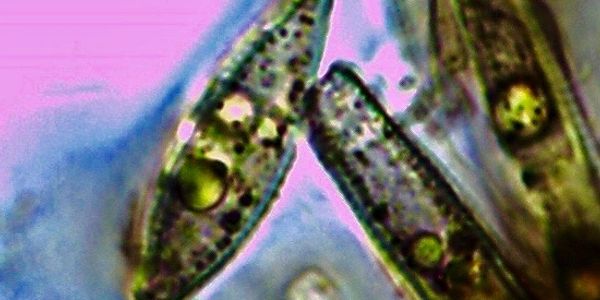
Microorganisms inhabiting streams are subject to variable conditions including large swings in phosphorus concentrations driven by high concentrations associated with runoff during precipitation events and subsequently lower concentrations at low flow driven by decreased runoff and biological and non-biological uptake. Furthermore, many microorganisms have a documented mechanism for storing P as polyphosphates in excess of that needed for immediate metabolic demands. This “over- compensation” during times of excess P availability is likely common in aquatic ecosystems, especially where microbial communities are P-starved. These internal P stores allow for increased microbial metabolism and growth long after P is depleted from the external environment. Hence, rapid P fluctuations in stream ecosystems coupled with a physiological mechanism for microbial P storage suggests that P-pulses could be important drivers of microbial activity and growth in stream ecosystems. This phenomenon has many potentially important implications with regard to our understanding of how this nutrient behaves in streams and how it is managed as a pollutant by state and federal agencies.

Stream food webs are fueled by both in-stream photosynthesis and inputs of terrestrial organic matter. While attached algae are responsible for the bulk of in-stream primary production, attached bacteria, archaea and fungi are critical decomposers of terrestrial organic matter. Although these two energy sources and the associated microbial processes have traditionally been considered distinct energetic pathways, complex microbial interactions might serve to couple these two modes of carbon delivery.

